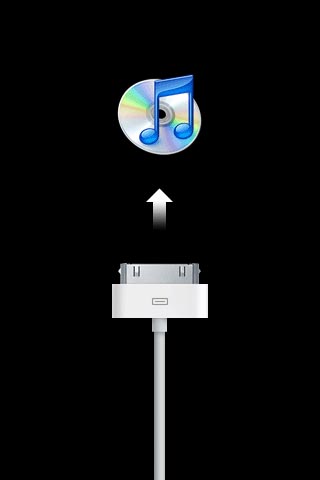iOS Goes PC Free

When the second generation release of Apple’s famed iPad tablet came around a couple of months back, I must admit that I was somewhat tempted to buy into the phenomenon at the time. The device seemed very much improved in comparison to the first generation, and for the first time the iPad seemed like a very worthwhile buy for me. So a couple of weeks back I finally decided to buy myself an iPad 2. As of right now my device is still making its way to me, but in the meantime I have been eagerly watching unboxing videos on the web.
For the most part, all of the unboxing and introduction videos I saw were the same. Really, there aren’t that many different ways in which an individual can open a box and remove its contents. Every single video involves the use of an obligatory large knife to open the packaging, the iPad being removed from the box and set aside, a quick look at the power adapter and booklet, and last but not least the removal of the plastic film and powering on of the device. But what happens after the device is powered on? Do we get to see the wonderful features that the iPad has to offer? Do we get to see the beautiful iOS interface, or any of the built-in apps? Nope. What do we see? The “connect to iTunes” screen. Each and every time.
At first I thought nothing of it. The required connection and synchronization to iTunes didn’t phase me in the least. But the more I saw it, the more I really began to think about it. And the more I thought about it, the more unnecessary the step was. Today at WWDC, though, Apple announced that they would be cutting the cords and would allow iOS devices to be set up without being plugged into a computer or synched with iTunes.
Sure, it was a logical thing to do back in the day of the original iPod – and even with the current iPod Nano and iPod Shuffle products – as the devices are essentially useless without being loaded with content via iTunes. But the iPad (and even the iPhone and iPod Touch) is so much more than a run of the mill media player. Having said this, Apple is at the point where they are releasing devices that offer most of the fundamental features that we come to expect from desktop computers. Heck, some people even use devices like the iPad as a complete alternative to traditional computers.
When you buy a computer it doesn’t ask you to connect it to another computer, now does it? Of course not; that would just be silly.
With the built-in mail and calendar utilities in combination with the wide array of apps available through the App Store, it’s simple enough to see where user could very well be able to go without syncing to iTunes ever. After all, one of the selling points of the iPad is the fact that it can download content from iTunes over a wireless network connection. WWDC today even showed us over the air iOS updates, meaning that users don’t have the same need for iTunes synchronization that they once had.
And with iCloud moving “the digital hub, the center of your digital life” into “the cloud” as explained by Steve Jobs at WWDC today, the need to sync user content with a PC or Mac is really minimal because all-user data is already stored in a centrally available mechanism. So the need for cords? Non-existent.